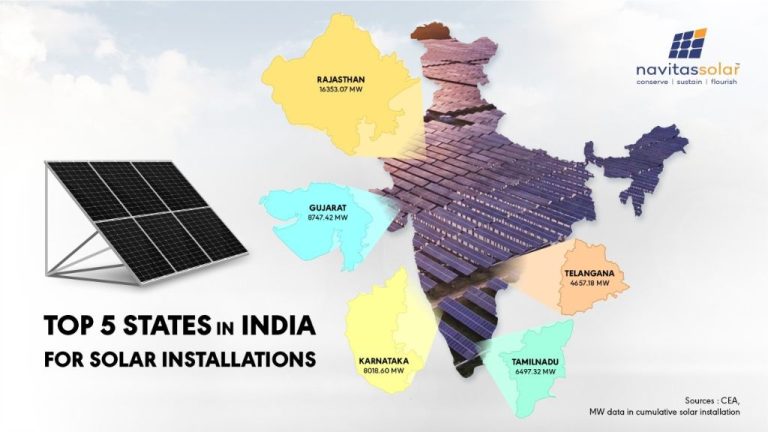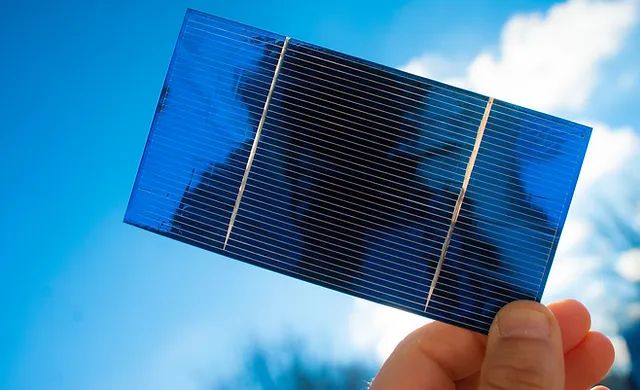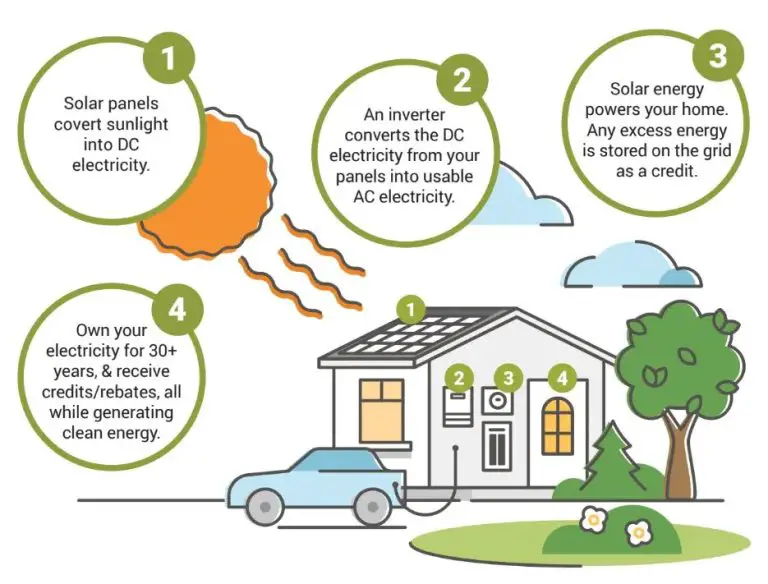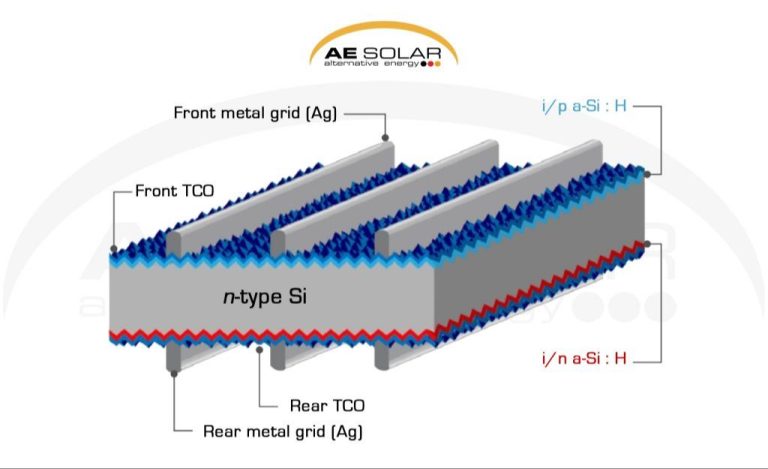What Is The Difference Between Solar And Light?
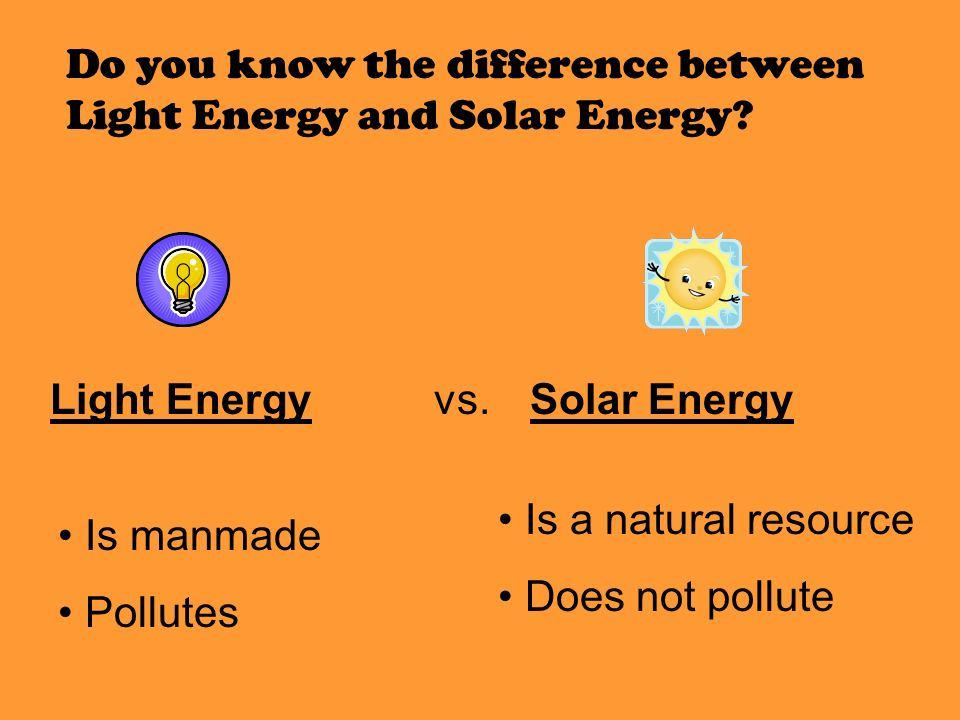
Solar energy and light are related phenomena, but they have distinct differences. Solar energy refers to the radiant energy emitted by the sun, which can be captured and converted into electricity or heat. Light more broadly refers to visible electromagnetic radiation that allows us to see. While the sun is a key source of light, there are many other natural and artificial light sources. The goal here is to understand the key differences between solar energy and light in terms of their properties, generation, applications, and quantification. Grasping these distinctions will provide a foundation for further discussion.
Solar Energy
Solar energy refers to the electromagnetic radiation emitted from the sun. The sun produces energy through nuclear fusion reactions at its core, converting hydrogen into helium and releasing enormous amounts of energy in the process. This energy radiates outward from the sun in the form of photons or particles of light that travel in waves. The amount of solar energy that reaches Earth is immense, totaling approximately 173,000 terawatts. To put that in perspective, the entire planet’s energy needs are only about 16 terawatts annually (Source).
Solar energy can be harnessed in a few different ways. The most common is through the use of photovoltaic solar panels. Solar panels are made up of solar cells, which absorb sunlight and convert it into direct current (DC) electricity through the photovoltaic effect. An inverter is then used to convert the DC current into alternating current (AC) which can be used to power homes, businesses, and the grid. Solar thermal technologies can also harness solar energy by using mirrored surfaces to concentrate sunlight and generate heat, which can then be used to produce electricity or provide heating and hot water (Source).
Light Energy
Light energy is the visible electromagnetic radiation that can be detected by the human eye. It is a form of radiant energy that allows us to see the world around us. Light is composed of photons that travel in waves. The key properties of light waves include:
- Wavelength – The distance between consecutive crests or troughs of a wave.
- Frequency – The number of wave cycles that pass a fixed point per unit of time.
- Amplitude – The maximum displacement of a wave from its rest position.
- Speed – Light travels at a constant speed of about 3 x 108 m/s in a vacuum.
The wavelength and frequency of light determine its energy as well as properties like color. The visible spectrum of light that humans can see ranges in wavelength from about 380 to 750 nanometers. Beyond this range, electromagnetic radiation takes other forms like ultraviolet rays, X-rays, and radio waves. Within the visible range, shorter wavelength light appears blue/violet, while longer wavelengths appear red.
Light waves exhibit phenomena like reflection, refraction, diffraction and interference that can be explained by the wave model. However, light also demonstrates particle properties, as it comes in discrete packets called photons. The particle and wave models together help describe the full behavior of light.
Some key sources on properties of light waves include:
Properties of light – A tool in Energy and Environmental Physics
Light energy overview
Wavelengths
Solar radiation output covers a broad range of wavelengths, from x-rays and ultraviolet light through visible light to infrared and radio waves. However, visible light that humans can see accounts for just a small portion of the Sun’s radiation. The wavelengths of visible light range from about 380 to 750 nanometers (nm), corresponding to the colors violet through red. Meanwhile, the overall spectrum of solar radiation ranges from the far ultraviolet at about 10 nm to the far infrared and radio waves longer than 1 meter. Thus, the band of visible light makes up less than 0.5% of the full solar spectrum.
In particular, most of the Sun’s radiation is emitted at wavelengths shorter than visible light. About 43% of solar energy is at infrared wavelengths longer than visible light. However, ultraviolet radiation shorter than visible light accounts for about 7% of solar radiation. The remaining 50% of solar output is emitted as visible wavelengths we perceive as colors from violet to red. So in summary, solar radiation covers a far broader range of wavelengths than just the visible spectrum our eyes can see.
Sources:
https://books.google.com/books?id=csSMDgAAQBAJ&pg=PA68&lpg=PA68&dq=%22solar+radiation+wavelength%22+%22visible+light+wavelength%22&source=bl&ots=-hw4dmO5nh&sig=ACfU3U2wWIqTiVw5cTUVxfNX9umTfkFqxg&hl=en&sa=X&ved=2ahUKEwjN-LvmtNyDAxXzSfEDHSBZDxoQ6AF6BAgMEAM
Radiation Types
Solar radiation includes three types of rays: ultraviolet (UV), visible light, and infrared (Source 1). UV rays have the shortest wavelengths, followed by visible light, and infrared rays have the longest wavelengths. Visible light is the part of the solar spectrum that is visible to the human eye. It includes the colors of the rainbow, with violet having the shortest wavelengths and red having the longest (Source 2). Light refers specifically to the visible component of solar radiation. So while light is part of the solar spectrum, solar radiation includes other invisible types like UV and infrared as well.
Energy Content
Solar radiation carries significantly more energy per photon than visible light. According to Plank’s equation, the energy of a photon is proportional to its frequency: E=hv, where h is Planck’s constant and v is the frequency of the radiation. Visible light ranges in wavelength from 380 to 750 nanometers, corresponding to frequencies of around 400 to 790 terahertz. In contrast, solar radiation peaks around 500 nanometers wavelength but extends well beyond visible light, from over 300 nm in the UV to beyond 2500 nm into the infrared. This wider spectral range means solar radiation includes photons of much higher frequency and energy content.
The average energy of a visible photon is around 2 to 3 electron volts (eV). However, solar radiation can have photon energies up to around 4 eV in the ultraviolet and 0.5 eV in the infrared according to the Photon Energies and the Electromagnetic Spectrum. Therefore, solar radiation overall contains photons with approximately 1.5 to 2 times more energy than visible light photons. This allows solar radiation to drive chemical reactions and effectively transfer energy in applications like solar cells and photosynthesis.
Generation
Solar energy is generated through a process called nuclear fusion. At the core of the sun, hydrogen atoms fuse together under extremely high temperatures and pressure to form helium, releasing enormous amounts of energy in the process (1). This energy propagates outward from the core as electromagnetic radiation, traveling at the speed of light. A tiny fraction of this radiation reaches the Earth in the form of sunlight. According to the U.S. Department of Energy, the sunlight striking the Earth in one hour contains more energy than the world consumes in an entire year (2).
Light is often generated from the excitation of atoms and molecules. For example, when an electric current is passed through a material, the electrons can jump to higher energy levels. When they return to their normal energy state, photons of light are emitted. Other common ways to generate light include electric discharges (like lightning or sparks), combustion (burning), and chemical reactions (like bioluminescence). Unlike solar energy, which originates from nuclear fusion in the sun, these light sources rely on different atomic mechanisms on Earth.
Applications
Solar energy has many applications that involve converting sunlight into other useful forms of energy. The most common application is photovoltaics, which converts sunlight directly into electricity using solar panels. Solar electricity is used to power anything from small devices like calculators and lights, to larger systems that feed into the electrical grid to supply homes, businesses or even entire communities with power. Solar thermal energy uses sunlight to produce heat that can warm buildings, heat water, or in concentrating solar power plants, produce steam to generate electricity.
Light energy has applications that rely on illumination and photosynthesis. Visible light enables plants and phytoplankton to photosynthesize, supporting nearly all life on Earth. Artificial lighting illuminates indoor and outdoor spaces for safety, productivity, recreation and aesthetics. Optical technologies like lasers, fiber optics and LEDs all depend on light energy and photonics principles. Light sensors and imaging devices use light’s properties for machine vision, photography, videography, microscopy and other visualization applications across science, medicine, security, manufacturing and more.
Sources:
[1] https://www.energy.gov/eere/solar/solar-energy-technologies-office
[2] https://www.bnl.gov/ps/docs/pdf/TechToMarket_ShockleyQueisser_Photovoltaics_2020.pdf
Quantification
Solar output is quantified in units of watts per square meter (W/m2), which measures the rate of solar energy received on a given surface area. This is referred to as irradiance. Solar irradiance ranges from 0 to 1 kW/m2 at the upper atmosphere and around 1 kW/m2 at sea level on a clear day. Typical values are 600-1000 W/m2 for most climates (source: https://www.pveducation.org/pvcdrom/properties-of-sunlight/measurement-of-solar-radiation). Solar irradiance is measured using instruments like pyranometers.
Light is quantified in units of lumens, which measure the total quantity of visible light emitted by a source per unit of time. For example, a typical 100W incandescent light bulb emits about 1,600 lumens. Illuminance measures lumens per unit area, such as lumens per square meter. Lux meters are used to measure illuminance. While solar output is concerned with all wavelengths, visible light quantify specifically the wavelengths humans can see (source: https://www.she-inc.org/wp-content/uploads/2018/04/TR-17-A-low-cost-method-of-measuring-solar-irradiance.pdf).
Conclusion
Solar and light energy are related but distinct forms of energy. Light energy refers specifically to electromagnetic radiation in the visible light spectrum, while solar energy refers to the full spectrum of electromagnetic radiation emitted by the sun, including ultraviolet and infrared radiation. Both light and solar energy originate from the sun, but solar energy contains a broader range of wavelengths and energy content.
On Earth, we most frequently harness solar energy through solar panels which convert radiation across the solar spectrum into electrical energy. Light energy is also converted into electrical energy through solar panels when radiation in the visible spectrum hits the panels, but solar panels can utilize a wider range of wavelengths. Applications utilizing light energy tend to focus specifically on illuminating spaces, while solar energy has broader applications for generating electricity, heating water, cooking, and more.
While closely related, solar and light energy operate on different wavelengths and energy contents. Solar energy offers the capability to harness radiation across the solar spectrum, while light energy focuses specifically on the visible portion. Their similar origin but different characteristics allow solar and light energy to serve complementary roles in powering human civilization.


